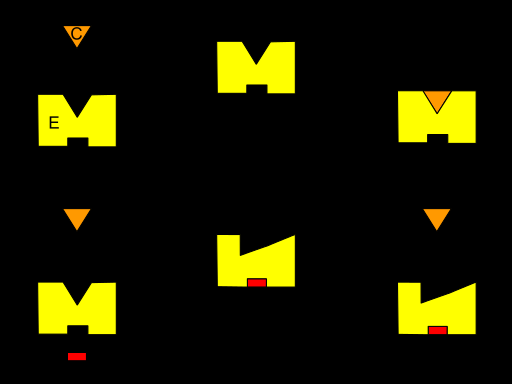Living organisms are composed of billions of nanomachines and nanostructures that communicate to make higher-order organizations. These entities can perform important functions such as thinking, moving, surviving, and reproducing.

Mechanism of Molecular Languages
The key to the emergence of life lies in the development of molecular languages, also known as signaling mechanisms. These organizations ensure that all the molecules in a living organism work together to accomplish specific tasks. As we enter the modern era of nanotechnology, experts believe that understanding and employing molecular languages play an important role in designing and programming high-order artificial nanosystems.
Two types of languages are known to exist between the molecules. The first one, known as allostery, has a lock-and-key mechanism where a molecule attaches to and alters the structure of another molecule so it can be directed to trigger or inhibit activity. The second one is the multivalency or chelate effect, which functions like a puzzle. In this lesser-known language, the binding of a third molecule is either facilitated or not by increasing its binding interface.
These two languages can be observed in all molecular systems of living organisms. However, only recently have experts understood the rules and principles behind them, allowing them to utilize them in designing and programming new artificial nanotechnologies.
READ ALSO: Algorithm Can Predict Behavior of Unknown Molecules to Speed Up Discovery of New Medicine
Recreating the Molecular Communication
Due to the complexity of natural nanosystems, nobody has successfully compared the two languages' basic rules, advantages, or limitations in the same system. In a recent study, a group of Canadian scientists at Université de Montréal (UdeM) successfully recreated and validated the existence of molecular languages at the origin of life.
To make this possible, lead author Dominic Lauzon and UdeM bioengineering professor Alexis Vallée-Bélisle developed a DNA-based molecular system that can work in both languages. As Lauzon describes, DNA is like Lego bricks for nanoengineers, providing simple, programmable, and easy-to-use chemistry.
The research team discovered that both languages can be described by simple mathematical equations, decoding the parameters and design rules to program the communication between molecules in a nanosystem. For instance, the multivalent language can manipulate both the sensitivity and cooperativity of the activation or deactivation of the molecules, but the parallel allosteric translation can only control the sensitivity of the response.
Their pioneering work opens breakthroughs in developing nanotechnologies with various applications. Using their discovery, the researchers used the language of multivalency in designing and engineering a programmable antibody sensor that enables antibodies to be detected over multiple concentration ranges. This application was widely recognized during the COVID-19 pandemic, where the ability to monitor the concentration of antibodies in the general population became a powerful tool in determining the individual and collective immunity of the people.
Aside from expanding the next generation of nanotechnology, the discovery also holds the key to understanding why certain natural nanosystems prefer one language over another in communicating chemical information.
RELATED ARTICLE: Cell-to-Cell Communication Prompted by Calcium Signals Using Light-Activated Molecular Machines Provides a New Strategy in Drug Design
Check out more news and information on Molecule in Science Times.



![Earth's Quasi-Moon Kamo‘oalewa Could Originate From Lunar Surface Not Asteroid Belt [Study]](https://1721181113.rsc.cdn77.org/data/thumbs/full/53275/89/56/50/40/earths-quasi-moon-kamo-oalewa-could-originate-from-lunar-surface-not-asteroid-belt-study.png)










